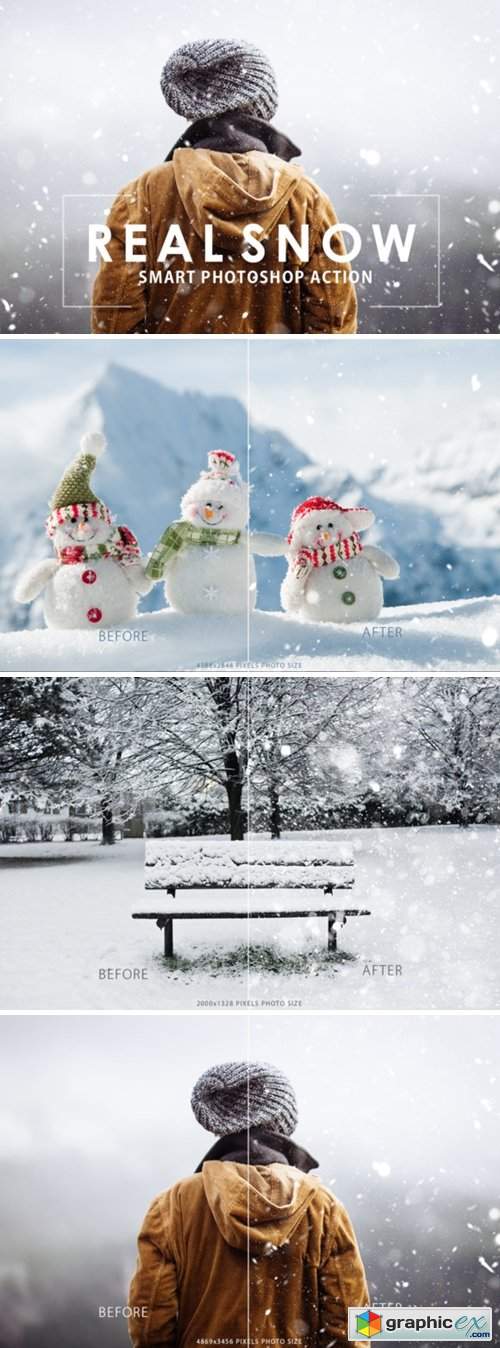

And while the percentage changes in reflectivity that are possible might be less than in urban settings, if applied over large areas, she argues that they could have significant effects. Different methods might work in different regions with different farming systems. Seneviratne and her team proposed that farmers could cool rural areas, too, by altering farming methods. In a 2014 paper, Matei Georgescu of Arizona State University found that “cool roofs” could cut temperatures by up to 1.5 degrees C in California and 1.8 degrees in cities such as Washington, D.C.īut it may not just be urban areas that could benefit from a whitewashing. Other studies suggest even greater benefits in the U.S.

He found that it would decrease the urban heat island effect by a third - enough to reduce the maximum daytime temperatures by an average of 0.6 degrees C, and more in hot sunny regions such as the Arabian Peninsula and Brazil. Keith Oleson of the National Center for Atmospheric Research in Boulder, Colorado looked at what might happen if every roof in large cities around the world were painted white, raising their reflectivity - known to climate scientists as albedo - from a typical 32 percent today to 90 percent. But now studies around the world are accumulating evidence that the benefits of turning those 1 percents into 100 percents could be transformative and could save many lives every year. The evidence of such small-scale programs remains anecdotal. Outside the United States, cool-roof initiatives in cities such as Melbourne, Australia are largely limited to encouraging owners to cool individual buildings for the benefit of their occupants, rather than trying to cool cities or neighborhoods. So, argues a recent study published in the journal Nature Geoscience, if dark heat-absorbing surfaces are warming our cities, why not negate the effect by installing white roofs and other light-colored surfaces to reflect back the sun’s rays?Ĭhicago is trying something similar, and last year Los Angeles began a program to paint asphalt road surfaces with light gray paint. Nonetheless, the effect is real and pervasive.

The effect is so pervasive that some climate skeptics have seriously claimed that global warming is merely an illusion created by thousands of once-rural meteorological stations becoming surrounded by urban development.Ĭlimate change researchers adjust for such measurement bias, so that claim does not stand up. Environmental Protection Agency – and as much as 12 degrees warmer during some evenings. New York City averages 1-3 degrees C warmer than the surrounding countryside, according to the U.S. Most of the roughly 2 percent of the earth’s land surface covered in urban development suffers from some level of urban heating. Fresh asphalt reflects only 4 percent of sunlight compared to as much as 25 percent for natural grassland and up to 90 percent for a white surface such as fresh snow. The darker the surface, the more the heating. They radiate some of that energy in the form of heat into the surrounding air. The materials that comprise most city buildings and roads reflect much less solar radiation – and absorb more – than the vegetation they have replaced. The meteorological phenomenon of the urban heat island has been well known since giant cities began to emerge in the 19 th century. And with climate change and continued urbanization set to intensify “urban heat islands,” the case for such aggressive local geoengineering to maintain our cool grows.
/elevate/images/snow_flock_dallas_texas-ID-3403ba9c-c19f-4599-9c4c-f44979eff326.jpg)
The systematic replacement of dark surfaces with white could lower heat wave maximum temperatures by 2 degrees Celsius or more. But recent research indicates that it may not have to be that way. Summers in the city can be extremely hot - several degrees hotter than in the surrounding countryside.


 0 kommentar(er)
0 kommentar(er)
